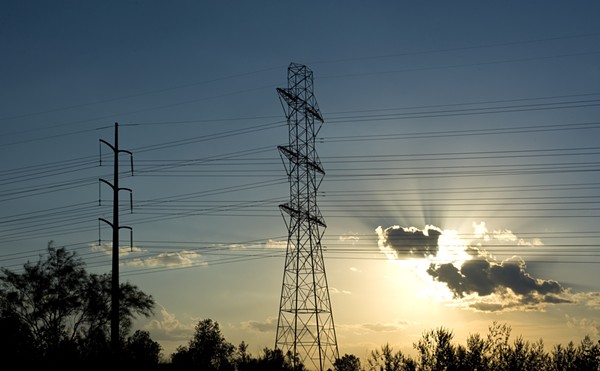For residents of the Toxic Triangle, the Southside neighborhood surrounded by the former Kelly Air Force Base, 2006 brought some measure of vindication. For years, residents have contended that cancer rates in the area are abnormally high and can only be explained by the plume of toxins under their houses, caused by long-term secret dumping by Kelly employees.
The anecdotal evidence is highly persuasive, particularly if you drive along Hollenbeck Avenue and observe the sea of purple crosses in front of homes that have been touched by cancer. But this year, anecdotal evidence was supported by a National Research Council Report which found that Trichloroethene (TCE), an industrial solvent used at Kelly to clean equipment, is a dangerous carcinogen. Environmental activists hope that the study results will spur the Environmental Protection Agency, which has stalled in addressing TCE’s risks, to strengthen its TCE regulations.
The national activity on this issue, coupled with the fifth anniversary of Kelly’s closing, rallied local activists who’ve long been frustrated about the slow pace of the Air Force’s cleanup effort. In fact, they accurately contend that Kelly is simply containing the damage, not cleaning it up, in the hopes that natural attenuation will eventually solve the problem.
In July, the Southwest Workers Union organized a community march to the gates of Kelly; 2006 also brought some highly contentious public meetings between residents and Kelly employees.
Emotions ran equally high over the planned transformation of the old Big Tex Grain Co. site into a mixed-used residential and retail complex. In July, the EPA revealed that it found elevated levels of asbestos near Big Tex, and neighboring residents worried that construction work on the nearby Eagleland Hike-and-Bike trail could kick up dangerous amounts of contaminated soil. Work on the project continued, despite calls for further research along the trail.
District 5 Councilwoman Patti Radle spoke for many residents when she told the Current: “The EPA should have taken care of this a long time ago. For whatever reason, it just fell through the cracks.”


















